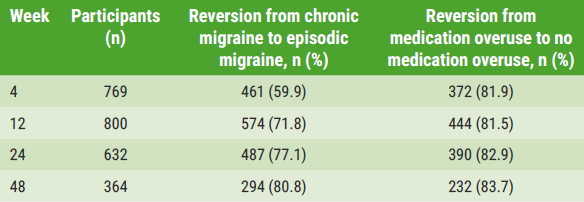"To limit the genetic variability in our study, we focused on schizophrenia in the context of the 22q11.2 deletion syndrome (22qDS), in which one copy of roughly 46 genes are lost, and in which about 25% of affected individuals develop schizophrenia in late adolescence/early adulthood," explained Dr. Stewart A. Anderson of The Children's Hospital of Philadelphia.
"This percentage rate is 25 times higher than that in the general population," he told Reuters Health by email. "Since 6 of the 46 affected genes in 22qDS encode for proteins that function in the mitochondria, sometimes referred to as the 'power plant' of our cells, and since the brain is a highly energy-dependent organ, we focused on mitochondria function."
The study, published in JAMA Psychiatry, involved 32 men and women aged 18 to 37 years, including people with 22gDS with or without schizophrenia and healthy controls. Neurons derived from induced pluripotent stem cell from participants with 22q11DS and schizophrenia had lower adenosine triphosphate levels, and oxidative phosphorylation complex activity.
Dr. Anderson said these neurons "had reduced mitochondrial function compared to both neurons from people with 22qDS without schizophrenia, and to those from healthy controls."
In addition, expression of genes driving mitochondrial biogenesis, including PGC1a, showed a similar pattern of upregulation in the 22qDS group without schizophrenia.
"Remarkably," he added, "the expression of key mitochondrial genes was actually higher than both those with schizophrenia, and the controls. This suggests that in people with 22qDS, the likelihood of developing schizophrenia depends in part on their ability to compensate for the effect of the deletion on mitochondrial function by overexpressing certain mitochondrial genes. In relation to the idea that schizophrenia is often associated with reduced neocortical excitatory connectivity, a boost in neuronal energy generation could improve the functional connectivity of neuronal connections, even though some kind of structural weakness in those connections remains present."
The researchers then explored use of the approved PGC1a activator bezafibrate. Explained Dr. Anderson: "we exposed stem cell-derived neurons from 22qDS and schizophrenia (to the drug) and found that it elevates their energy production. This suggests that the neuronal energy deficit we find in lab-cultured neurons from 22qDS and schizophrenia might be reversible in people."
As to the future, Dr. Anderson noted, "We are now starting an NIMH grant to determine whether we can detect successful or failed mitochondrial compensation in teenagers with 22qDS, and whether failed compensation is highly predictive of their developing schizophrenia. If so, we would have a strong rationale for determining whether we can actually prevent schizophrenia from developing in people with 22qDS using interventions that enhance mitochondrial function. Those include medications, but diet, exercise and lifestyle could also be impactful."
SOURCE: https://bit.ly/3oTrQ27 JAMA Psychiatry, online May 19, 2021.
By David Douglas
Posted on
Previous Article
« Esophageal dilation using a novel attachment cap clinically effective in EoE Next Article
In healthy afib patients ages 65-74, anticoagulation likely benefits only those who are older »
« Esophageal dilation using a novel attachment cap clinically effective in EoE Next Article
In healthy afib patients ages 65-74, anticoagulation likely benefits only those who are older »
Related Articles

November 8, 2021
Letter from the Editor

September 10, 2020
Epstein-Barr virus-targeted T-cell immunotherapy for progressive MS

© 2024 Medicom Medical Publishers. All rights reserved. Terms and Conditions | Privacy Policy

